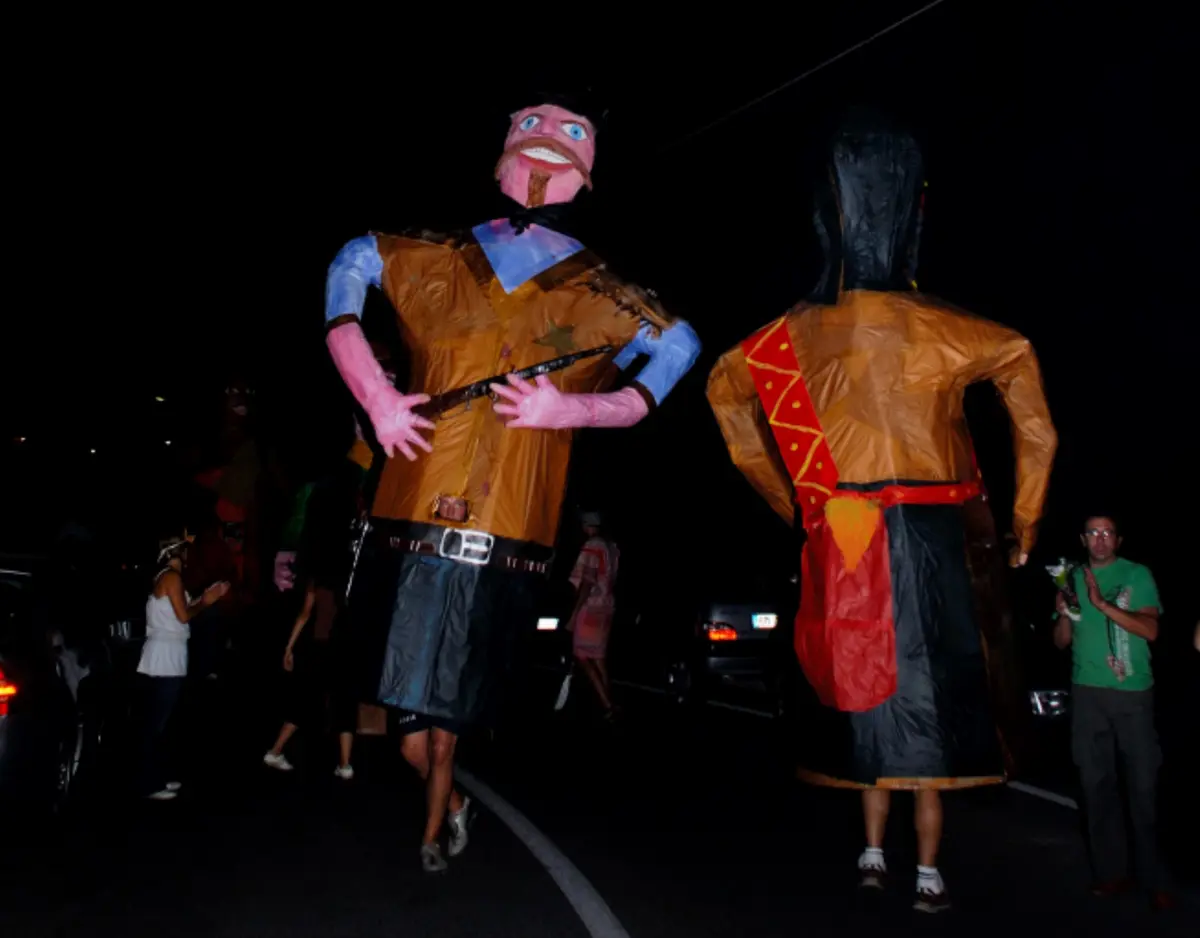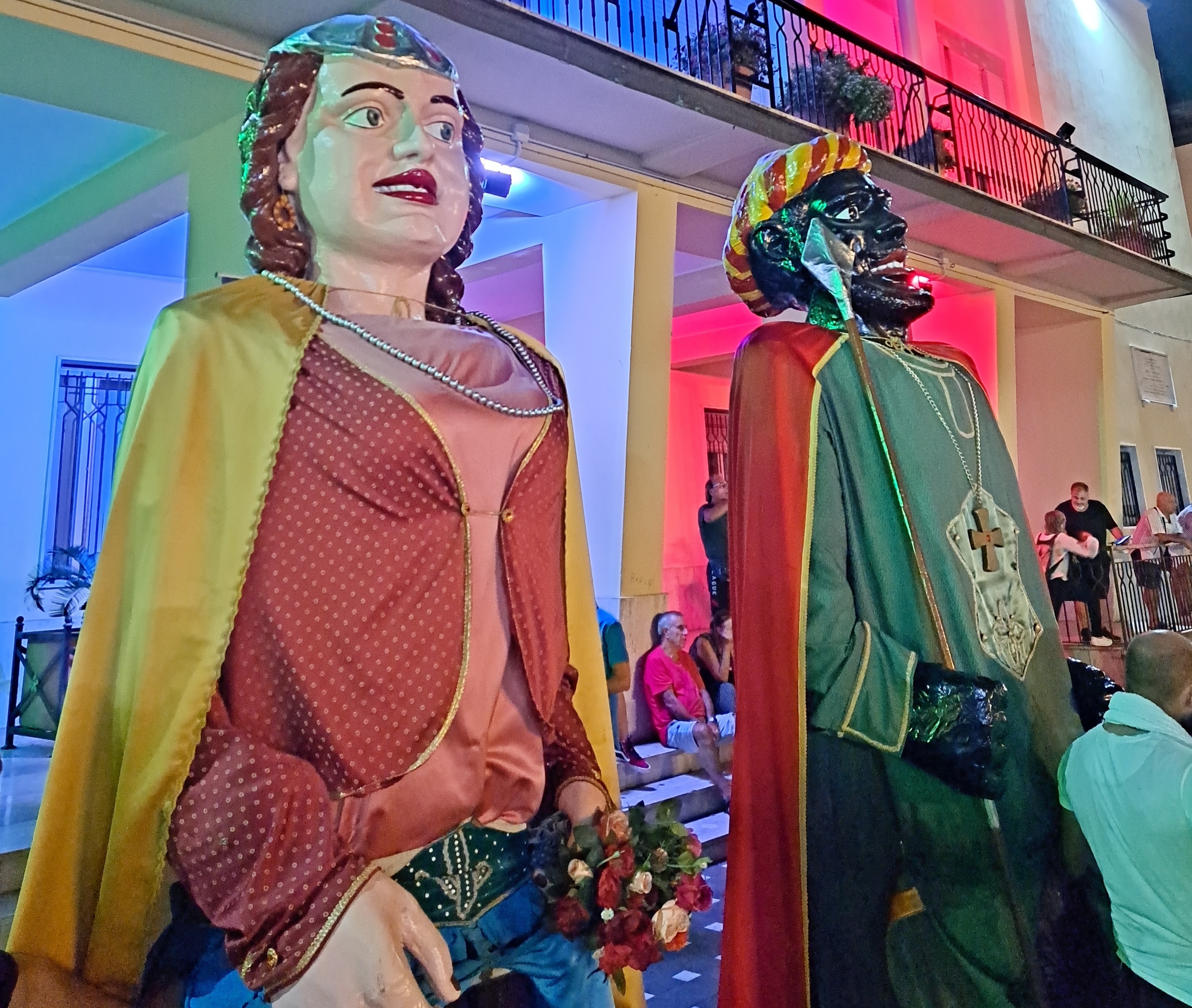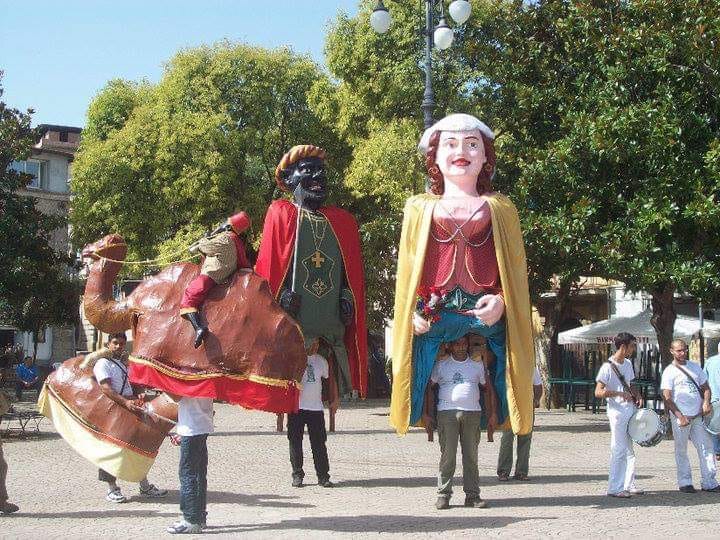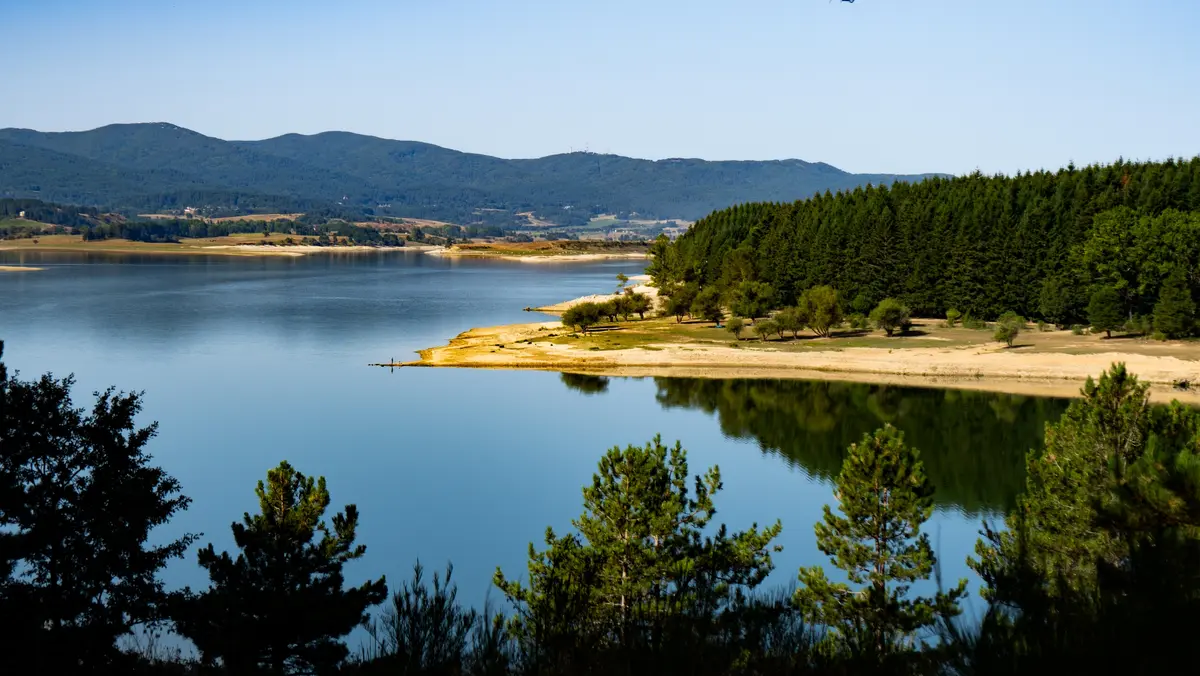Mata and Grifone, the story of the Calabrian Giants
Ever heard of the Calabrian Giants? Come and discover the story of Mata and Grifone

Tradition and folklore
Regione Calabria
Ever heard of the Calabrian Giants? Come and discover the story of Mata and Grifone, the famous pair of Giants of Calabria, and their folkloristic parade through the streets of the villages: the famous Giants' Dance.
One of the best-loved events among the ancient traditions of Calabria, the Giants' Dance stages the story of the two protagonists, the puppets Mata and Grifone, representing a white noblewoman and a Moorish-Saracen warrior respectively.
Young and old alike will be involved in an entertaining journey through the streets of festive villages, to the sound of drums accompanying the entrance of the Giants of Calabria!
The Calabrian Giants, Mata and Grifone
An integral part of local folklore, the Calabrian Giants Mata and Grifone are actually identified with the legendary founders of the city of Messina. This is why their geographical spread mainly concerns the coast of the Middle and Lower Tyrrhenian Sea, between the provinces of Vibo Valentia and Reggio Calabria, and the Lower and Middle Ionian Sea as far as the province of Catanzaro.
What is the true history of the Calabrian Giants?
Folk tales tell of a queen kidnapped by a dark-skinned king who came from far away (probably a Turkish-Ottoman). The same version is also found in Spanish popular culture, which is why the history of the Calabrian Giants, Mata and Grifone, is believed to date back to the period of Spanish rule in Calabria.
Specifically, it seems that the statues of the Giants of Calabria are quite similar to those used in processions in some Spanish countries, such as Tarragona, for the feast of Santa Tecla.

Transmuted to Messina in homage to the Virgin Mary, Mata and Grifone land on the coasts of Calabria, complete with band and drums in tow. Among the various parades featuring the Giants of Calabria, two above all deserve to be experienced with the whole family.
The Calabrian Giants of Tropea (VV) parade through the streets of one of The Most Beautiful Villages in Italy on the occasion of a very heartfelt occasion: I Tri da' Cruci (The Three of the Cross), a historical commemoration of the Battle of Lepanto, which takes place every year on 3 May.
On this occasion, Mata and Grifone parade through the streets of the village in the company of the silhouettes of defeated Saracen boats, set on fire together with that of a camel. Here, the history of the Calabrian Giants is intertwined with that of the participation of no less than 1,200 Tropean citizens in the Battle of Lepanto (1571), where they covered themselves in honour by driving out the invaders.
The other major event featuring Mata and Grifone is the Giants' Dance in Palmi (RC).
The town on the Costa Viola boasts a centuries-old tradition of Calabrian Giants. In this case, their adoption recalls the historical event linked to the presence of Count Roger I, who gathered his armies in Palmi to invade Sicily, which is why the parade of Calabrian Giants is here associated with papier-mâché horses.
Mata and Grifone are the protagonists of a real palio ("Giants’ Palio") that takes place through the town streets on the feast day of San Rocco (16 August). The palio is a long, heavy wooden pole from which a red drape is hung. It is spun around the town, bowing to the faithful with a light movement, which is meant to symbolise a caress from the Madonna. The papier-mâché horse follows the Giants' Dance in a festive atmosphere.
The Giants' Dance
As mentioned, the historical root of the Giants' Dance is probably of Aragonese origin.
The Calabrian Giants Mata and Grifone are two imposing papier-mâché puppets dressed in colourful robes and regal insignia, carried on the shoulders or drawn to the rhythm of drums on Catholic festivals or special historical re-enactments.
The Giants' Dance is charged with meanings and symbols that overlap pagan and Christian rites. The parade is accompanied by the typical pounding rhythm of the drums, to which is added the clapping of the crowd of worshippers and mere onlookers.
The cadenced rhythm of the "tamburinàri" punctuates the dance of the Giants of Calabria, which attracts young and old alike from afar.

https://calabriastraordinaria.it/en/news/mata-and-grifone-the-story-of-the-calabrian-giants






